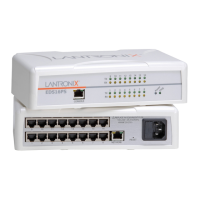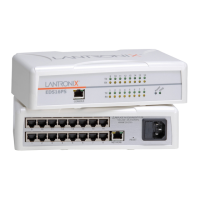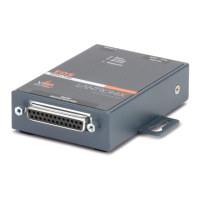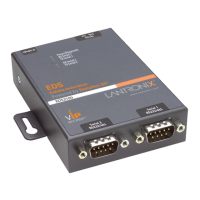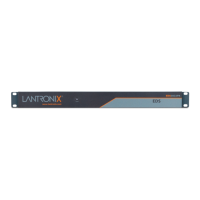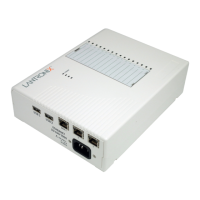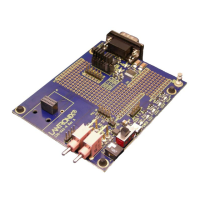B: Configuration Using XML
EDS4100 4 Port Device Server User Guide 159
Figure 6-5. XML Example with Multiple Items
<?xml version=”1.0” standalone=”yes”?>
<configgroup name = "email" instance = "1">
<configitem name = "to">
<value>john.doe@somewhere.com</value>
</configitem>
<configitem name = "from">
<value>evolution@xportar.com</value>
</configitem>
</configgroup>
Figure 6-6. XML Example with Multiple Groups
<?xml version=”1.0” standalone=”yes”?>
<configgroup name = "ftp server">
<configitem name = "state">
<value>enable</value>
</configitem>
<configitem name = "admin username">
<value>admin</value>
</configitem>
<configitem name = "admin password">
<value><!-- configured and ignored --></value>
</configitem>
</configgroup>
<configgroup name = "tftp server">
<configitem name = "state">
<value>enable</value>
</configitem>
<configitem name = "allow file creation">
<value>disable</value>
</configitem>
</configgroup>
Importing and Exporting an XML Configuration File
An XML configuration file can be imported or exported using the following methods:
Filesystem ⎯ see File System Browser Page on page 100.
CLI ⎯ an XML configuration file can be imported or exported during a Telnet, SSH,
or serial line session. This can be done on any level, including the root, by pasting (or
“capturing”) the XML file into a CLI session. Special tags allow for providing root and
enable level passwords (see Including Passwords in the XML File on page 161).
Web browser ⎯ using the Web Manager interface. See XML Status Record: Export
System Status on page 95.
FTP ⎯ to export a file, execute a get on the file eds4100.xml. To import a file,
execute a put on the file eds4100.xml. When you execute a get or put with this XML
file, the file is intercepted by the EDS4100 and acted upon, without being placed on
the filesystem. See FTP on page 68.
Note: The Trivial File Transfer Protocol (TFTP) is not supported for importing or
exporting XML configuration files because it does not provide any security
features.
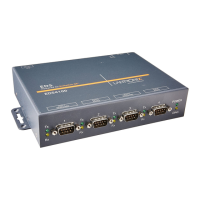
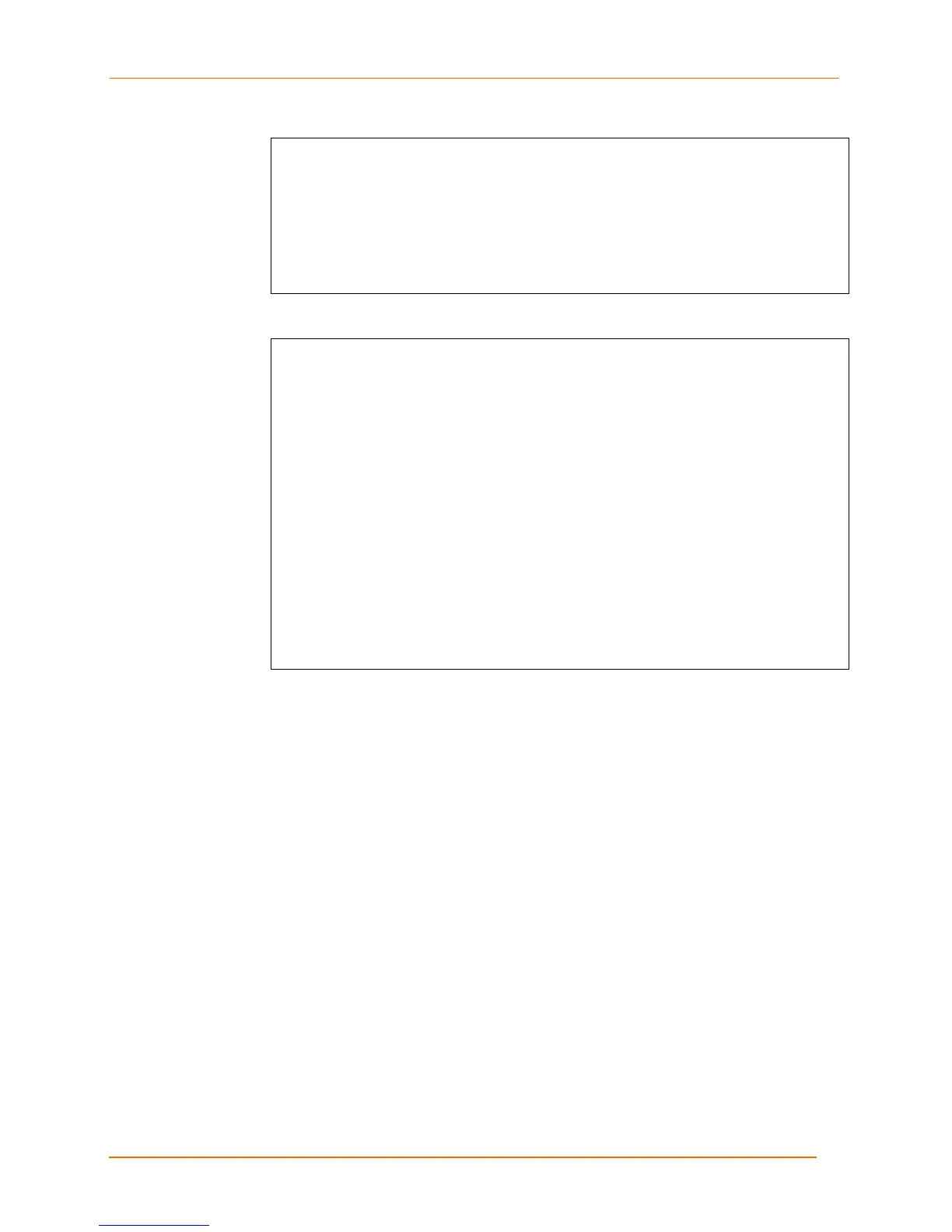